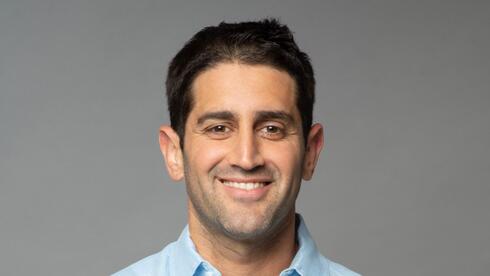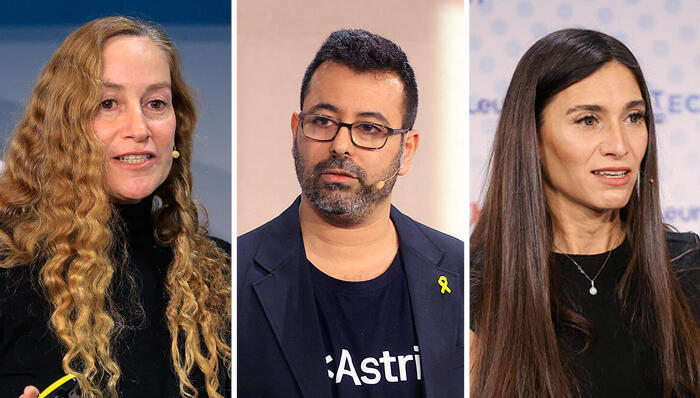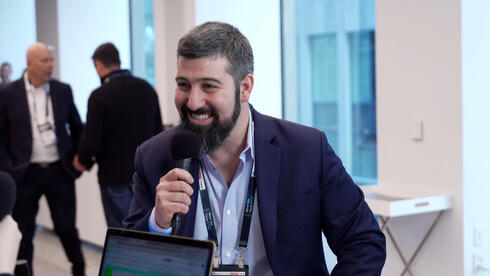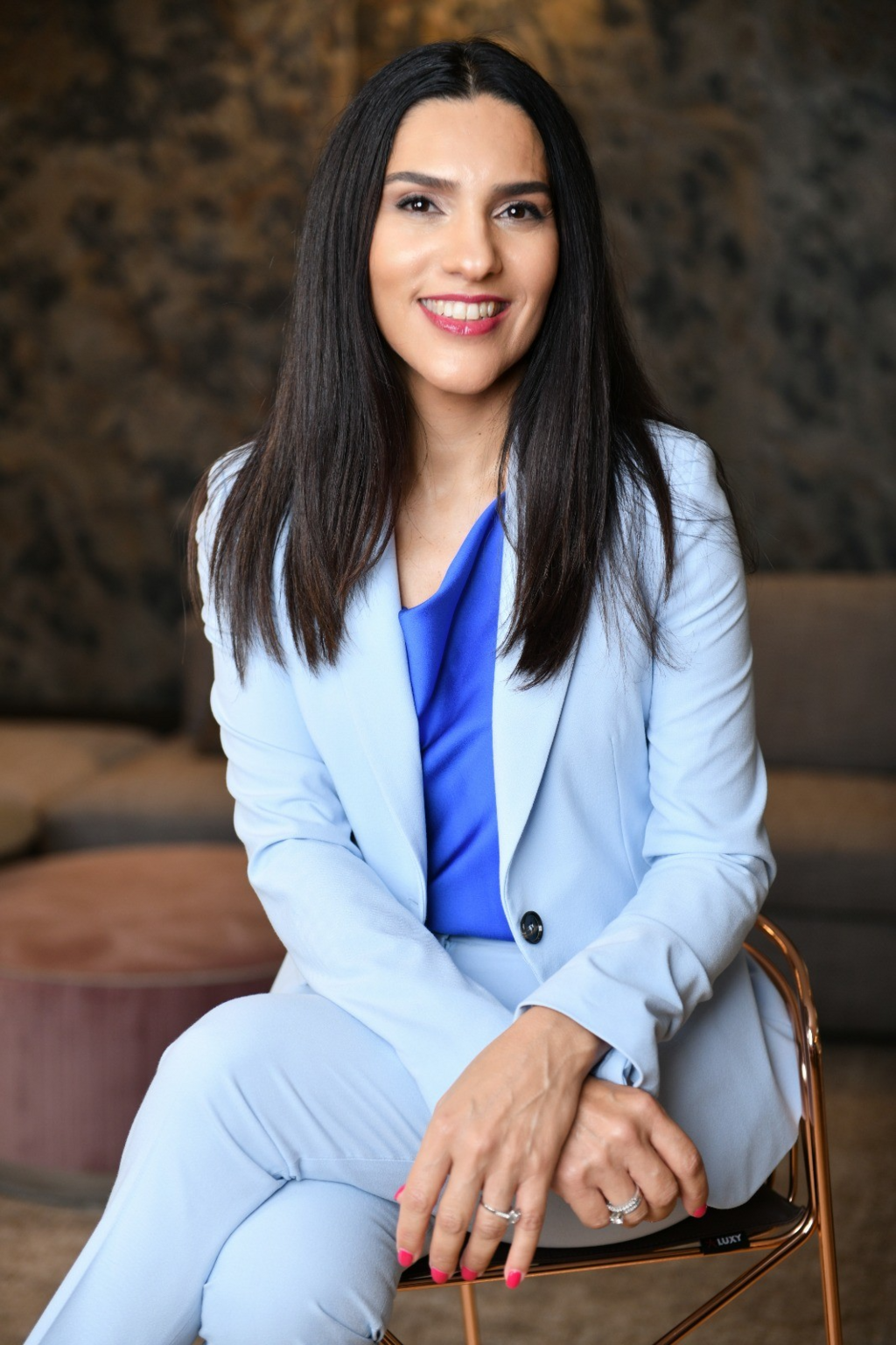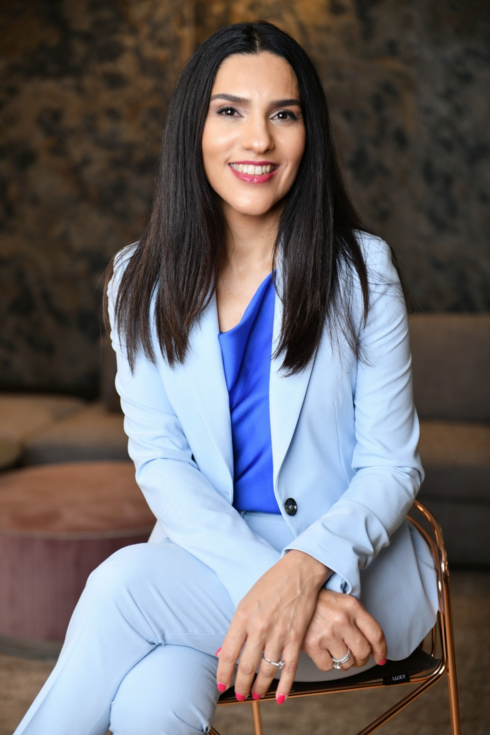
The Israeli Paradox: Leading in Development, Struggling with Implementation
Ahead of the MIXiii Health-Tech.IL conference, Dr. Anat Aka-Zohar, head of the rehabilitation session, calls for urgent technological solutions for thousands of war casualties. The conference, led by the Israel Advanced Technology Industries (IATI), will be held on March 4-5
Since October 7th, Israel's rehabilitation system faces unprecedented challenges. The need for rehabilitation services has grown significantly, while the system was already overburdened before the events. The numbers are staggering. The Rehabilitation Division, which previously treated 62,000 IDF disabled veterans, now must cope with a dramatic jump to 74,000 patients. Behind these numbers lie complex human stories: 377 head injuries, 308 with eye injuries, 104 with spinal injuries, and about 60 amputees. But perhaps the most concerning statistic is the invisible one - 5,200 soldiers dealing with mental injuries, of whom 3,500 also bear physical injuries.
In rehabilitation departments across the country, a long and complex process of rehabilitation and return to life is taking place. This is the story of 12,000 IDF and security forces casualties who joined the rehabilitation system within a few months. This is the story of regular soldiers, reservists, and security personnel who went to defend the country and returned with scars that will accompany them for a long time. And this is also our story, as a society, committed to giving them the best possible care.
Within this complex reality, the question arises of how to harness innovative technologies to improve care quality and ease the system's burden.
According to the Ministry of Health data, even before October 2023, there was a 30% shortage in professional rehabilitation staff, including doctors, physiotherapists, and occupational therapists. The shortage of professional staff leads to long waiting times and significant burden on existing teams. With the outbreak of war, new rehabilitation departments were established and hundreds of new rehabilitation beds were added to the rehabilitation system, yet the rehabilitation workforce did not grow, and the system needs to train new teams while providing treatment and rehabilitation during wartime.
The solutions exist and are within reach. Innovative technologies are already proving themselves in the field: virtual reality systems that assist in motor rehabilitation, advanced robotic systems that support movement, and smart systems that enable personalization of physical and mental rehabilitation programs. Many organizations and entrepreneurs have stepped up to find solutions for physical and mental rehabilitation, and we see a significant increase in rehabilitation solutions available to the system today.
However, implementing new technologies in rehabilitation poses a significant challenge that policymakers don't address or create practical solutions for. The need for structured training programs for teams, lack of dedicated implementation budgets in rehabilitation institutions, absence of incentives for institutions implementing new technologies, shortage of dedicated staff assisting in implementing new technologies during service, and ease in complex procurement and implementation bureaucracy. Studies show that about 65% of medical institutions report difficulties in implementing new technologies due to lack of time for training and practice.
While government bodies like the Innovation Authority and MAFAT (Administration for Research, Weapons Development and Technological Infrastructure) provide significant support to companies developing innovative rehabilitation technologies, including research and development grants, professional guidance, and regulatory relief during development stages, a significant gap emerges between development and field implementation. While Israel leads in developing innovative rehabilitation technologies, many remain "on the shelf" or are exported abroad due to implementation difficulties in the local system.
Innovative rehabilitation technologies offer promising solutions: Virtual and Augmented Reality (VR/AR), studies show up to 40% improvement in rehabilitation outcomes when incorporating VR technologies in traditional treatment. Rehabilitation robotics, robotic systems enable more intensive and precise training, with advanced patient progress documentation. AI in mental rehabilitation, a new and developing field offering revolutionary solutions. AI systems for early diagnosis of trauma and post-trauma conditions. Algorithms for mood monitoring and behavioral change detection, digital platforms integrating AI for initial mental support, and more. Recent studies show that integrating AI systems in diagnosis and mental treatment processes increases diagnostic accuracy by about 30% and enables earlier intervention. Additionally, these systems help reduce therapist workload and enable quick initial response in emergency situations.
The new reality requires rethinking how technologies are implemented in the rehabilitation system. While Israel excels in technological development, the gap between development and implementation must be bridged. A comprehensive national program is needed, including: dedicated budget allocation for integrating and implementing technologies in rehabilitation, establishing a national training and instruction system, creating a fast track for approving innovative rehabilitation technologies, economic incentives for institutions and teams implementing new technologies.
Investment in rehabilitation technologies isn't just an immediate need, but an investment in the future of the Israeli healthcare system. Global experience shows that wise investment in this field yields significant economic and social returns.
Right now, as the government discusses the state budget, what lies in the balance isn't just a budgetary decision, but a moral one. Will we, as a society, stand by our warriors on their way back to life? The answer must be unequivocal. Every day that passes without proper funding of the rehabilitation system is a day where we abandon those dearest to us. They didn't give up on us when they went to defend the country. We must not give up on them now.
The column writer is Dr. Anat Aka-Zohar, leader of the rehabilitation session at the MIXiii Health-Tech.IL conference of the Israel Advanced Technology Industries (IATI).






